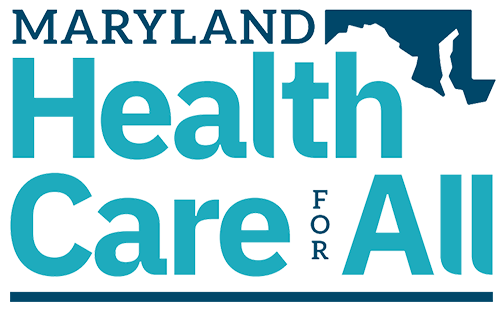By Aaron C. Davis
Washington Post Staff Writer
Monday, February 21, 2011; 3:58 AM
Last year at the midpoint of Maryland’s 90-day legislative session, the future seemed clear: There was bipartisan support for tougher laws against sex offenders; Gov. Martin O’Malley and Democratic leaders had agreed to close a budget gap without raising taxes; and little else would be done to rock the boat before most state lawmakers faced reelection.
A year later, the endgame for the General Assembly is far less certain.
There is little threat that the chaos in Wisconsin over public employees’ benefit costs will visit Maryland. But O’Malley’s legislative agenda – which friends and foes say appears geared toward burnishing his environmental and fiscal credentials for possible national ambitions – is drawing heavy criticism from unions as well as lawmakers in both parties.
O’Malley (D) wants state employees and teachers to pay more in pension and prescription-drug costs to shore up the state’s underfunded retirement system. The rest of his environmentally heavy agenda would increase costs to every electric ratepayer in the state in order to fund offshore wind development and would outlaw construction of most septic systems, which are widely used in rural and suburban areas. And lawmakers say that they worry that an effort by the governor to make Maryland a bigger player in investing in high-tech start-ups could erode revenue needed for the state to pay its bills for years after O’Malley leaves office.
The governor’s budget for the coming year, which stuck to a campaign pledge to not raise taxes, has done too little to tackle Maryland’s long-term funding deficiencies in transportation, health care and increasingly problematic formulas for sharing money among the state’s school districts, say Democratic and Republican lawmakers who are deep into hearings on the fiscal plan. Shifts in student enrollment and property revaluations could send millions more dollars to Montgomery County schools this year at the expense of those in Prince George’s County and Baltimore.
All of this has spawned more than a dozen competing bills to increase taxes on everything from alcohol to gasoline, and nearly all the proposals remain in play as the legislature this week passes the midpoint of its session.
The weighty fiscal battles, however, will take a back seat for at least another week to the General Assembly’s impending debate over legalizing same-sex marriage. Other hot-button social issues, including bills to legalize medical marijuana and to give in-state tuition breaks to undocumented immigrants, also could come to a head and shift attention from the governor’s priorities and tax proposals to very late in the session.
“Each session has its own rhythm and this one got off to a slow start, but it’s going to get very busy,” said Senate President Thomas V. Mike Miller Jr. (D-Calvert).
Part of that slow start stemmed from the dozens of new lawmakers in Annapolis feeling their way, as well as from the beginning of a four-year cycle in which lawmakers and the governor introduce controversial plans they might expect will take more than one year to pass.
But House Speaker Michael E. Busch (D-Anne Arundel) said there also doesn’t seem to be agreement to tackle the tough budget choices that this year requires.
“Everybody understands the problem, but there doesn’t seem to be a coordinated, real plan to deal with it, other than to hope that the recession ends,” Busch said.
O’Malley’s budget plan closes a $1.6 billion, or nearly 10 percent, general-fund shortfall through cuts, increased borrowing and a freeze on education spending. Unlike in past years, in which O’Malley urged lawmakers to toe the line, many this year say he has stepped back and left it up to the legislature to find a way forward.
In an interview, O’Malley said he didn’t think he was behind schedule from years past in building support among lawmakers for his proposals and budget. But he acknowledged that the budget could end up different from the one he proposed and said that there should be debate on whether new revenues are needed.
“There are some who are rightly concerned about any reduction in education, so maybe that will create a different dynamic,” O’Malley said. “There are also those who think the flush tax is inadequate for the needs of [Chesapeake] Bay restoration, so maybe something will happen on that. And I know the transportation commission has recommendations on revenue . . . and the alcohol tax hasn’t been looked at or revisited and has a lot of advocates.
“There’s a big gulf between what the public wants and what the dollars are there to do, and, perhaps, in the course of these deliberations, you know, the budget may change.”
An increase in the state’s alcohol tax appears most likely, but the rate of that increase is far from certain.
The Maryland Citizens’ Health Initiative, run by proponents who successfully pushed for a doubling of Maryland’s $1-per-pack cigarette tax four years ago, jump-started its campaign during the 2010 election season, coaxing dozens of first-time and incumbent lawmakers to sign pledges to use a “dime-a-drink” alcohol tax to restore recession-era cuts to drug- and alcohol-treatment and mental-health programs.
The group has since gained additional support by stressing that Maryland has not adjusted its rate on distilled spirits since 1955 and has left its beer and wine levy unchanged since 1972.
Miller, the Senate president, has opposed an increase. He said Friday, however, that he thinks the General Assembly this year will vote for one. But he vowed to not support anything similar to the state’s “drastic” cigarette-tax increase and said an alcohol-tax increase would have to be small enough to prevent residents from leaving the state to purchase alcohol – much the way, he contended, that they do to purchase cigarettes.
Maryland and the District are tied for the lowest levy on hard alcohol in the country. The tax rate on beer is negligibly different in any state that Maryland borders. Under proposed legislation, Maryland residents might easily notice the increase.
A dime a drink would translate into an extra $2.41 per case of beer and an additional $3.94 per 1.75-liter bottle of liquor. A bottle of wine would increase about 50 cents.
“We’re going to raise it, but it’s going to be something that’s not going to send people fleeing across the borders, and it’s not going to cut consumption one iota,” Miller said.
To fund a $40 billion backlog in transportation projects, Sen. Robert J. Garagiola (D-Montgomery) has proposed a 10-cent hike in the state gas tax, a gas-tax inflation index starting in 2013 and a 50 percent increase in vehicle registration costs.
Last modified: February 21, 2011


